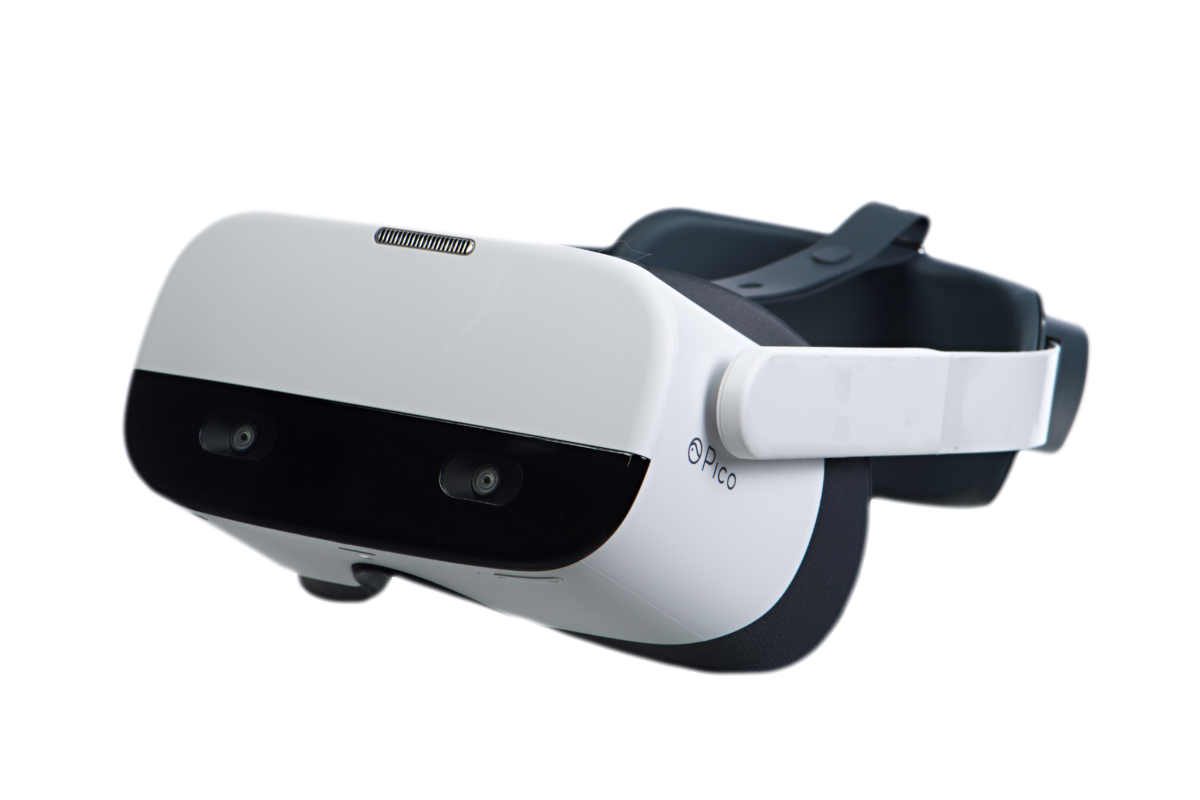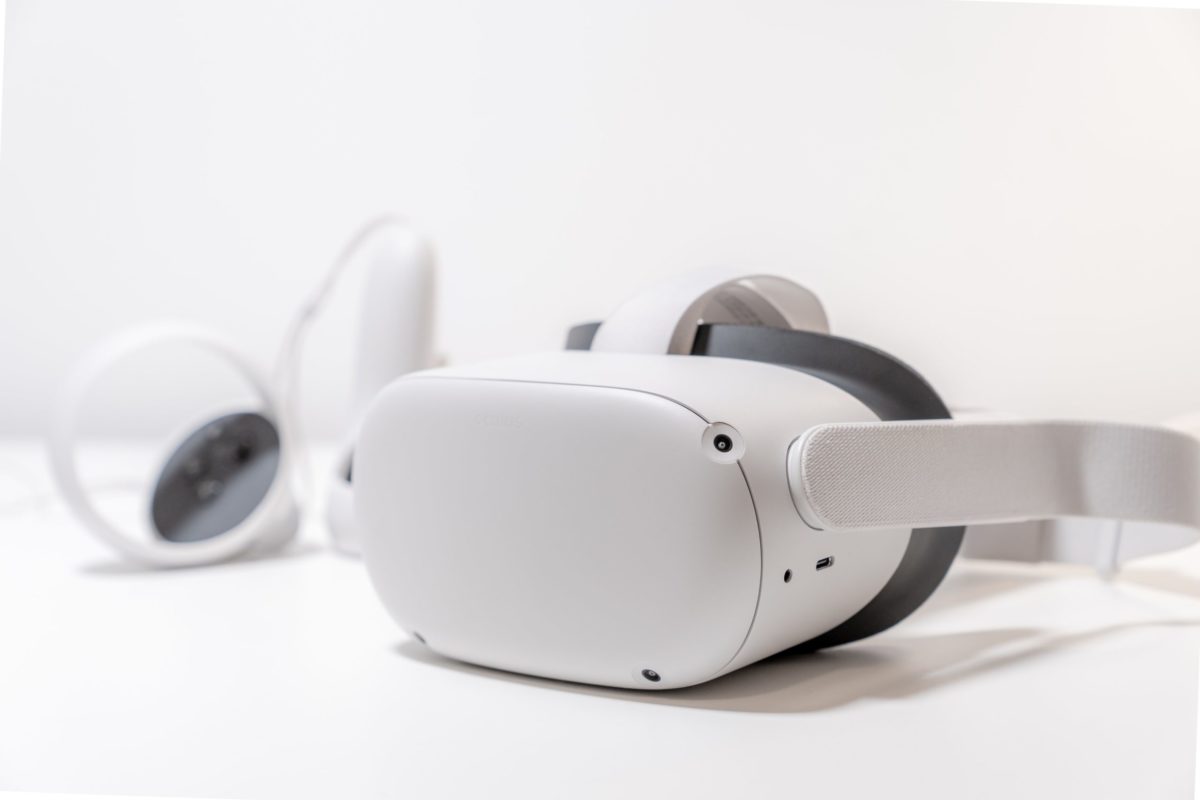Extended reality (XR) is already an active player in employee training and development in several industries, including energy / utilities, construction, healthcare, aerospace, manufacturing, and the military. While XR training is making a breakthrough in many sectors, it can move beyond safety, critical care, or crisis response industries and situations to deliver real-world value to employee training and development for sectors such as real estate, retail, tourism, and more.
Remember when retail giant Walmart made headlines for using VR to train employees for high-demand events like Black Friday a few years ago? Today, the potential for XR training is only as limited as your virtual imagination.
What is ‘XR’ anyway? Is it any different from VR?
XR doesn’t explicitly refer to a particular technology or set of technologies. Instead, the term XR has come to mean Extended Reality, and it includes virtual reality (VR), augmented reality (AR), and mixed reality (MR). Simply put, XR is an umbrella term for each of these three pillars:
- Virtual Reality (VR) is a computer-simulated environment. VR technology allows individuals to completely immerse themselves into a wholly digital reality. This fabricated digital reality can replicate our world or be entirely imagined. Through the use of specific headsets, VR delivers immersive images and sounds. Comprehensive VR goes one step further and offers experiences for all five of our senses, including touch and taste.
- Augmented Reality (AR) differs from VR in that it isn’t an entirely digital world. With AR, technology enhances or augments our existing physical environment with specific features, such as enriched video, graphics, sounds, data, etc. AR is often described as an overlay on our reality rather than creating a new one (think Pokemon Go). AR is popular in gaming and sporting events.
- Mixed Reality (MR) uses a mix of elements from both virtual and real environments to create a distinct environment where physical and digital objects interact. MR is often described as combining both worlds’ best elements, allowing individuals to interact with actual and digital elements, often in real-time.
What is the effectiveness of XR training?
Through simulated environments, scenarios, and interactions, XR training engages employees in experiential learning, arguably the best way to learn new skills or practice existing ones. Businesses are on board, to the tune of $216 million for VR training alone, a number expected to reach $6.3 billion by the end of next year. XR training is more cost-effective than its traditional delivery counterpart and is more productive, all while requiring a smaller time commitment and safer conditions.
Real-World Simulation
Training is always challenging, but when you’re training in a high-risk environment, it can be a matter of life and death. High-impact industries, such as manufacturing, healthcare, and construction are just a few of the real-world environments where employee mistakes can be fatal. While classroom settings can support learning retention, most learners acquire 70% of the necessary skills from the type of experiential learning that XR training provides.
Product Demos/ Customer Education
XR allows customers worldwide to do more than just see your product or service. With XR, customers can experience your brand one-on-one. From virtual showrooms to prototypes, XR demos are safe, accessible, and scalable ways to educate your audience about your product or service.
Soft Skills
“Power skills,” aka soft skills, are ideal for XR training environments. With the increased importance of skills like emotional intelligence, active listening and diversity/inclusion, XR training can offer simulated interactions with virtual characters in digital environments, increasing the potential for learned behaviors to stick.
The Top Benefits of XR Training
No two learners are identical and no two learning systems can accommodate every learning style, until now. Because XR training is inclusive of the four principal learning styles — Visual, Auditory, Reading/Writing, and Kinesthetic — no one gets left behind.
Improved knowledge retention and increased engagement are natural byproducts of XR training. Additional gamification of XR training can boost trainee engagement by encouraging users to collect points or other perks by correctly completing a complex task. XR supports a “learn by doing” approach for optimized information and knowledge absorption.
Remote access through XR training is easier than ever before with the elimination of instructors and trainees needing to be in the same space at the same time.
Additional benefits of XR training include
- Improvements in on-the-job performance by more than 70+%
- Decreases in the number of human error instances while working
- Learning retention improvements of up to 80%
- Improved teamwork, collaboration, and collective decision-making processes
How do Organizations Implement XR Training?
Organizations are looking for solutions to make XR implementation across their organization easy and fluid. What features should an XR platform provide?
While each training scenario is unique, the most effective XR training platform should offer features that benefit all users including:
- Multi-user functionality that allows multiple users from any global location to connect, learn, and collaborate in the same space at the same time.
- cenario randomization that gives users a career’s worth of workplace scenarios in as little as a few hours.
- Real-time data and SCORM-compliant analytics that give users immediate scoring and feedback, with learning experiences fresh in their minds.
- A platform that offers scalability of VR, AR, and MR content globally, allowing organizations to deliver value no matter where in the world your business takes you.
- An XR content management platform that eliminates the headaches, difficulties, and hurdles typically associated with using multiple types of XR content.
- Deliver content to the headsets without extensive IT or technical support allowing end users a seamless and easy XR experience..
XR is most effective when it offers features that deliver lasting value and superior UX.
Your XR training is only as good as the platform you use to deliver it.

PIXO Has Improved VR Management to One Easy Step

